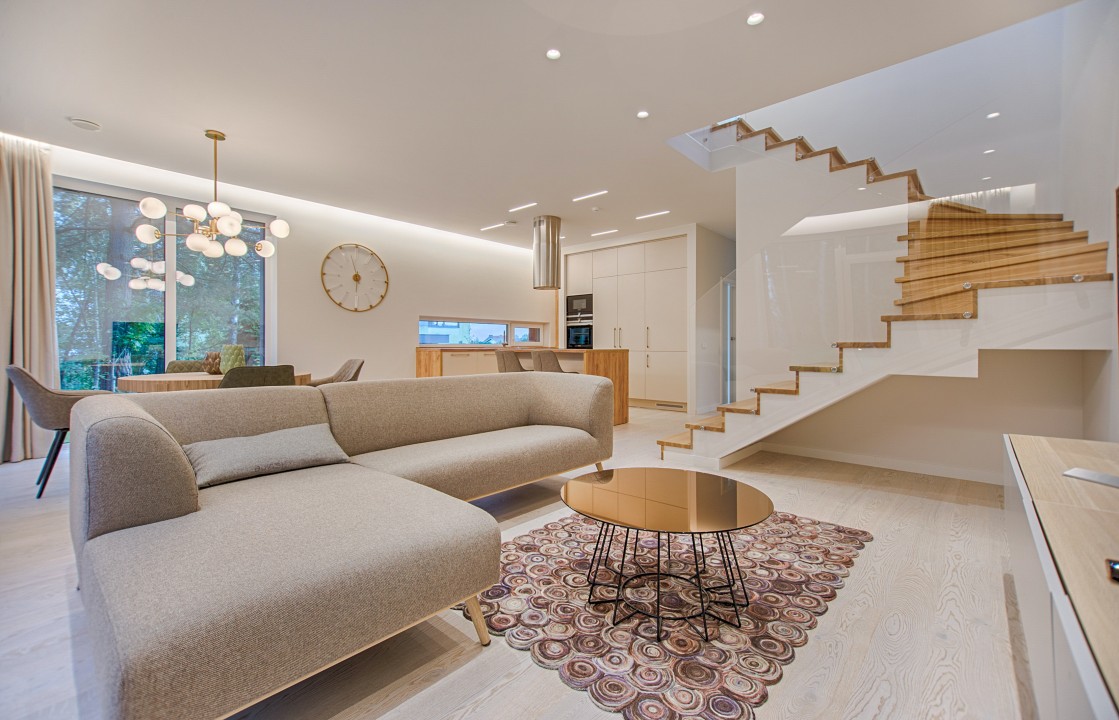Introduction:
Imagine walking into your home and feeling a wave of peace and inspiration wash over you. Every corner reflects your personality, your needs, and your unique style. This, my friends, is the magic of interior design. It’s not just about making your space look pretty; it’s about creating a haven that truly works for you.
Whether you’re tackling a complete home renovation or simply sprucing up a single room, this guide will equip you with the knowledge and inspiration to embark on your interior design journey. We’ll delve into the fundamental principles, explore popular design styles, and offer practical tips and tricks to transform your space into a masterpiece.
Subheadings:
- Understanding the Basics:
Before diving into aesthetics, let’s lay the foundation. We’ll explore key concepts like space planning, color theory, scale, and proportion, equipping you with the vocabulary to communicate effectively with designers or tackle projects yourself.
Hey there! Ever wonder how people turn houses into stunning homes? That’s the magic of interior design. It’s not just about fluffy pillows and fancy curtains (although those can be fun!). It’s about understanding how to arrange furniture, use color and light, and create spaces that are both beautiful and functional.
Think of it like this: imagine your home as a blank canvas. Interior design is like picking up the brush and figuring out how to paint a masterpiece that reflects your style and needs. Do you crave a cozy reading nook? A bright and airy workspace? A kitchen that inspires culinary adventures? With some basic knowledge, you can turn those dreams into reality!
The good news is, you don’t need a fancy degree to grasp the fundamentals. Start by exploring different styles online, magazines, or even your favorite coffee shop. Notice how colors, textures, and furniture layouts work together. Play around with virtual design tools or rearrange your own furniture to see what feels right. Remember, there are no hard and fast rules – interior design is all about expressing yourself and creating a space you love.
So, are you ready to unleash your inner design guru? Dive into the world of interior design, and you might be surprised at the amazing spaces you can create!
2. Finding Your Interior Design Style:
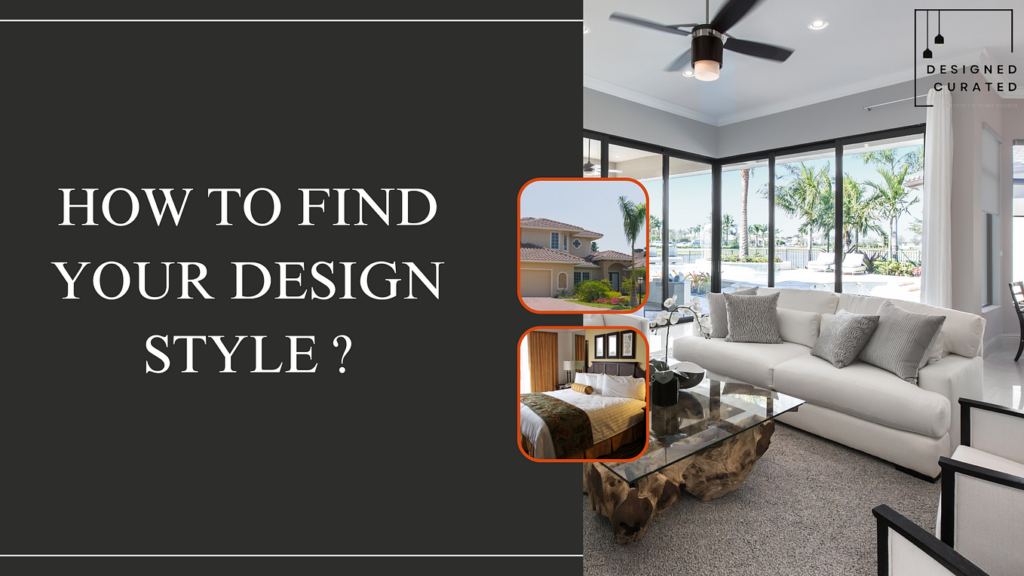
From minimalist havens to eclectic wonderlands, the world of interior design offers endless possibilities. We’ll guide you through popular styles like modern, traditional, Scandinavian, and bohemian, helping you discover what resonates with your taste and lifestyle.
Feeling lost in the world of endless interior design trends and styles? Don’t worry, you’re not alone! Figuring out your personal aesthetic can be overwhelming, but it’s also a fun and exciting journey of self-discovery. Here are a few tips to help you navigate the design world and find your perfect style:
1. Start with inspiration. Browse through magazines, websites, and social media platforms to collect images of spaces that resonate with you. What colors, textures, and furniture styles keep catching your eye? Don’t be afraid to mix and match different elements from various sources to create a unique look.
2. Consider your lifestyle. How do you use your space? Do you need a home that’s functional for entertaining guests or perfect for quiet relaxation? Once you understand your needs, you can choose design elements that support your lifestyle.
3. Think about your personality. Your home should reflect who you are and what you love. Do you gravitate towards bold and dramatic statements or prefer a more calming and serene atmosphere? Let your personality shine through your design choices.
4. Don’t be afraid to experiment. The best way to find your style is to try new things! Don’t be afraid to make mistakes, as they can often lead to unexpected discoveries. Embrace the process and have fun with it!
5 .Remember, there’s no right or wrong answer when it comes to interior design. The most important thing is to create a space that feels comfortable, functional, and truly reflects your unique style. So relax, have fun, and enjoy the journey of finding your perfect home!
3. Function First: The Key to a Successful Interior Design

It’s all about creating a space that works for you! We’ll discuss how to assess your needs, consider traffic flow, and optimize functionality in different rooms like kitchens, living areas, and bedrooms.
Interior design isn’t just about making a space look pretty. It’s about creating a space that works for you and your lifestyle. Sure, aesthetics are important, but they should always come after function.
Think about how you use your home. Do you need a home office? A dedicated workout area? A cozy nook for reading? Once you know how you’ll be using each space, you can start to design it in a way that meets your needs.
For example, if you love to cook, you’ll want a kitchen that’s efficient and well-organized. That means having plenty of counter space, storage, and good lighting. If you have a home office, you’ll need a quiet, well-lit space with a comfortable desk and chair.
Of course, that doesn’t mean you can’t have a stylish home. But by focusing on function first, you’ll end up with a space that’s both beautiful and livable.
Here are a few tips for keeping function in mind when you’re designing your home:
- Start with a floor plan. This will help you see how the different spaces in your home can be used.
- Think about traffic flow. Make sure that people can easily move around your home without feeling crowded.
- Consider your storage needs. Do you have enough space to store all of your belongings?
- Choose furniture that’s both stylish and functional. Look for pieces that can serve multiple purposes.
- Don’t forget about lighting. Good lighting can make a big difference in the look and feel of a space.
By following these tips, you can create an interior design that’s both beautiful and functional.
4. The Magic of Color in Interior Design:
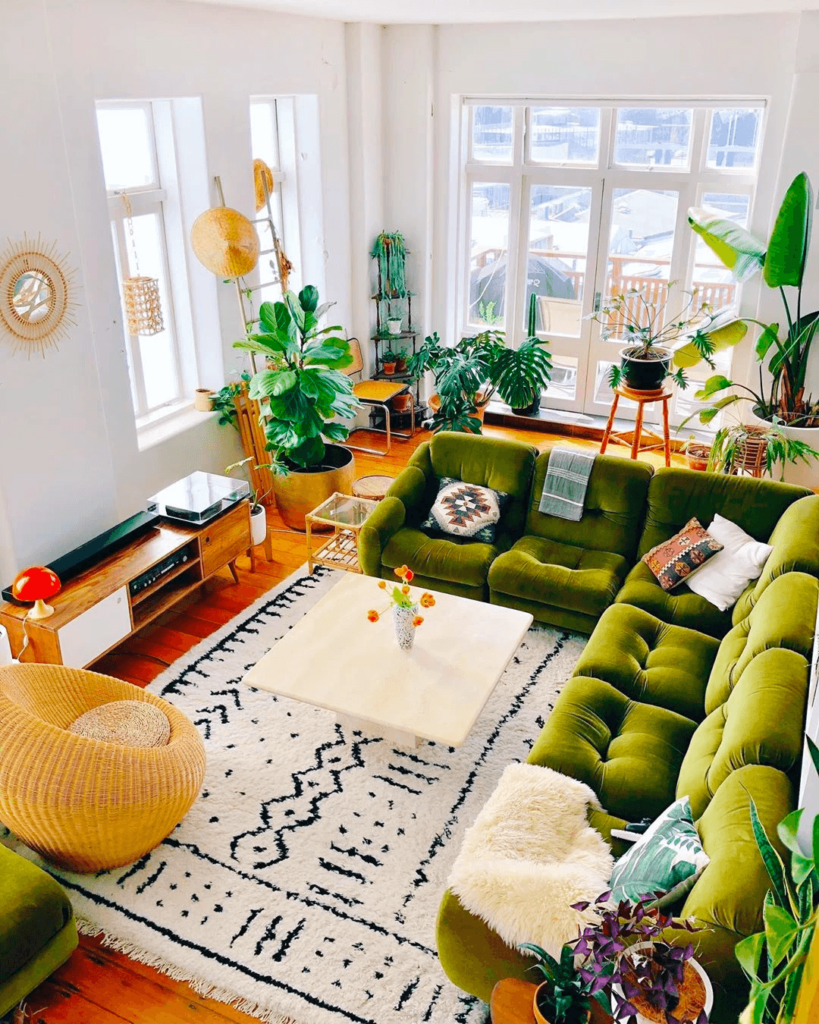
A splash of color can add personality, vibrancy, and even influence your mood. We’ll explore color psychology, choosing complementary palettes, and using color effectively to create the desired atmosphere.
Have you ever walked into a room and instantly felt happy, relaxed, or energized? That’s the power of color in interior design! Colors can set the mood of a space, influence how we feel, and even affect our behavior.
When choosing colors for your home, it’s important to consider how you want to use the space. For example, if you want a calming bedroom, you might choose cool colors like blue or green. If you want an energizing kitchen, you might choose warm colors like yellow or orange.
You can also use color to create different effects in a room. For example, you can use light colors to make a small room feel larger. Or, you can use dark colors to create a more intimate space.
So next time you’re decorating your home, don’t underestimate the power of color! With a little planning, you can use color to create spaces that are both beautiful and functional.
5 .The Building Blocks of Beautiful Interiors: Mastering Furniture Fundamentals
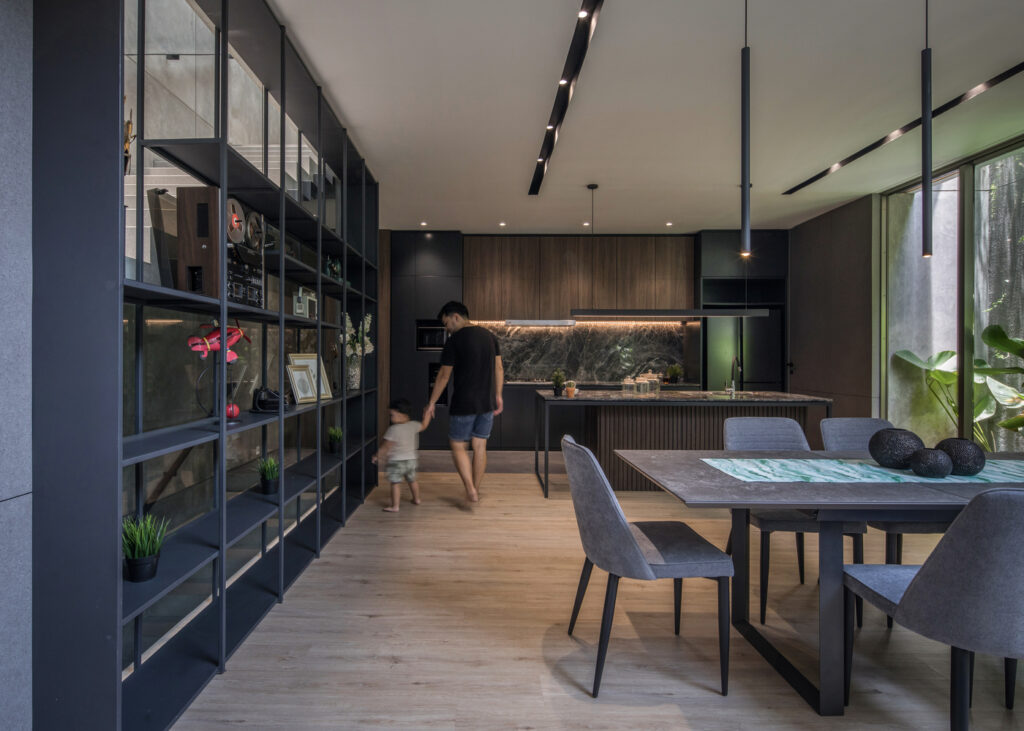
Furniture is the backbone of any interior design scheme. We’ll cover essentials like choosing the right size and scale, selecting comfortable and functional pieces, and incorporating statement furniture to elevate your space.
Furnishing a space goes beyond just filling it with chairs and tables. It’s about understanding how furniture interacts with the architecture, the flow of movement, and the overall ambiance you want to create. In other words, it’s about mastering the fundamentals of interior design!
Think of furniture as the building blocks of your interior vision. Just like bricks and mortar, the way you arrange and select these pieces shapes the entire feel of your space. By understanding key concepts like scale, proportion, and functionality, you can transform your house into a home that’s both stylish and comfortable.
Scale is all about creating a balanced relationship between furniture and the size of the room. Imagine squeezing an oversized sofa into a tiny apartment; it would feel cramped and overwhelming, right? On the other hand, a miniature chair in a vast living room would get lost and look awkward.
Proportion refers to the visual weight and relationship between different furniture pieces. Think about how a chunky coffee table complements a sleek sofa, or how a pair of armchairs balance the presence of a large bookshelf.
Functionality is about choosing furniture that meets your needs and lifestyle. Do you love to entertain? Opt for a spacious dining table and comfy seating. Need a dedicated workspace? Invest in a functional desk and ergonomic chair.
Remember, these are just the starting points. As you explore the world of interior design, you’ll discover countless ways to express your unique style through furniture. So have fun, experiment, and don’t be afraid to break the rules!
6. Interior Design Magic:
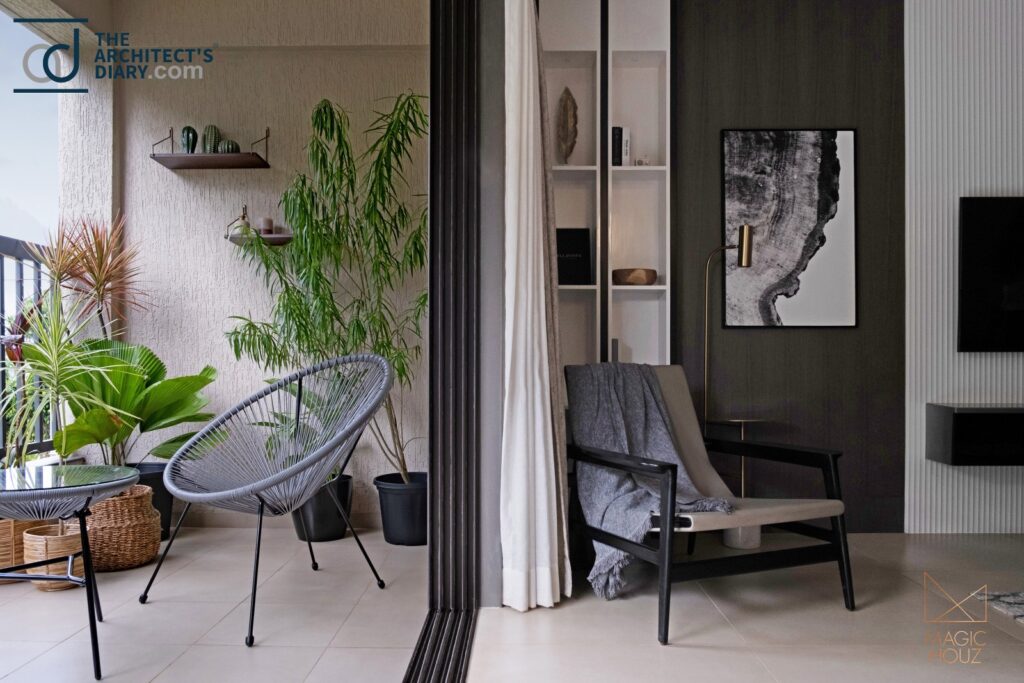
The right lighting can set the mood, highlight features, and create a sense of warmth and ambience. We’ll explore different lighting types, placement strategies, and layering techniques to achieve the perfect illumination.
Interior design magic happens when you take a space and transform it into something more than just a room. It’s about using lighting to create mood, highlight architectural features, and showcase your personal style.
Think about it: what feeling do you want a room to evoke? Warm and inviting? Bright and energizing? Dramatic and sophisticated? The right lighting can make all the difference.
For example, in a living room, you might use warm-toned pendant lights to create a cozy atmosphere. In a kitchen, you might use track lighting to brighten up the workspace. And in a bedroom, you might use dimmer switches to create a relaxing ambiance.
But it’s not just about the type of lights you choose. It’s also about how you use them. Layering different types of lighting can create visual interest and depth. And using fixtures that are both functional and stylish can add the perfect finishing touch.
So next time you’re thinking about redecorating, don’t underestimate the power of lighting. With a little creativity, you can use it to work its magic and transform your space into something truly special.
Here are some additional tips for using lighting to create magic in your home:
- Use natural light whenever possible. Open up curtains and blinds, and consider adding skylights or light tubes.
- Use a variety of different types of lighting, such as overhead lights, task lights, and accent lights.
- Layer your lighting to create different levels of brightness and interest.
- Use dimmers to adjust the lighting to create the perfect mood.
- Don’t be afraid to experiment! There are endless possibilities when it comes to using lighting in your home.
- Infuse your interior design with intention through mindful accessorizing.:
The finishing touches can make all the difference! We’ll discuss how to use artwork, rugs, throws, and other decorative elements to add personality, texture, and visual interest to your space.
Gone are the days of generic decor and cluttered shelves. In today’s design landscape, every element, from the statement rug to the hand-painted ceramic, tells a story about your unique style and personality.
So, how do you accessorize with intention?
- Start with a purpose. Ask yourself what feeling you want to evoke in each space. Tranquility in the bedroom? Creativity in the home office? Choose accessories that support that intention. For example, a nature-inspired mobile might bring serenity to your bedroom, while a collection of vintage cameras could spark inspiration in your workspace.
- Embrace personal treasures. Don’t underestimate the power of sentimental items. Display family heirlooms, artwork created by loved ones, or souvenirs from meaningful adventures. These pieces not only add visual interest but also weave a tapestry of your personal narrative into your home.
- Quality over quantity. It’s better to have a few well-chosen pieces that you truly love than a plethora of generic items. Invest in handcrafted accessories that reflect your taste and values. Remember, each item should spark joy and contribute to the overall aesthetic of your space.
- Let there be light. Lighting plays a crucial role in setting the mood and showcasing your accessories. Use layered lighting to create different ambiances and highlight your favorite pieces.
By following these tips, you can transform your home into a sanctuary that reflects your individuality and tells your story through intentional accessorizing.
7. Budgeting Savvy:
Interior design doesn’t have to break the bank! We’ll offer smart budgeting tips, suggest cost-effective alternatives, and share DIY ideas to help you achieve your dream space without overspending.
Dream of a designer space without the designer price tag? Join the club! Interior design on a budget is totally doable, and it can be even more fun. Here’s the secret: be budget savvy!
First, ditch the all-or-nothing mindset. Pick a room or a corner to transform, set a realistic budget (be honest!), and prioritize. Maybe a new statement rug is your must-have, or perhaps it’s comfy throw pillows for a cozy nook. Focus on that hero piece and build around it.
Next, unleash your inner treasure hunter! Hit up thrift stores, flea markets, and online marketplaces for unique finds. You’d be surprised what gems you can unearth – that vintage lamp or a mismatched chair set could become conversation starters in your space. Plus, a little DIY magic (think paint, reupholster, or creative upcycling) can breathe new life into old pieces.
Remember, the magic lies in the details. Greenery brightens up any space, and you can propagate your own plants for free. DIY artwork? Absolutely! Frame your favourite photos, prints, or even fabric scraps. And don’t underestimate the power of lighting! String lights, fairy lights, or even strategically placed lamps can add warmth and ambiance without breaking the bank.
So, unleash your creativity, embrace the hunt, and remember, a budget-friendly interior is all about personality and resourcefulness. You got this!
8. Embrace Your Interior Design Journey:
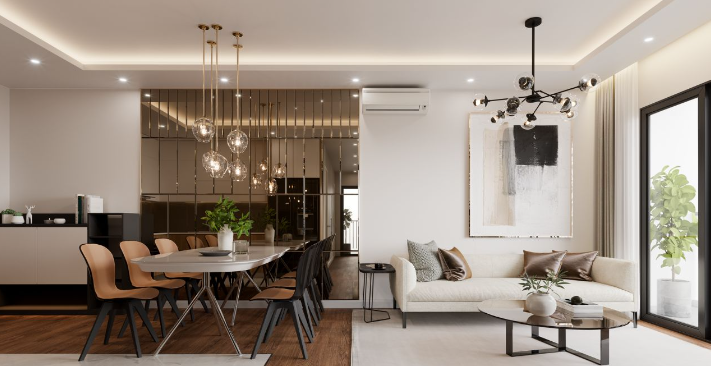
Remember, interior design is a journey, not a destination. Don’t be afraid to experiment, have fun, and personalize your space to reflect your unique story.
Interior design is all about creating a space that reflects your personal style and makes you feel good. It’s about more than just picking out furniture and paint colors; it’s about creating a home that is functional, comfortable, and inspiring.
If you’re thinking about starting your own interior design journey, there are a few things to keep in mind. First, don’t be afraid to experiment. There are no hard and fast rules in interior design, so have fun and try out different styles. Second, don’t be afraid to ask for help. There are many resources available to help you learn about interior design, from books and magazines to online courses and professional designers.
Most importantly, remember that your home is a reflection of you. So take some time to think about what you love and what makes you feel good, and then start creating a space that you’ll enjoy for years to come.
Here are a few tips for getting started with your interior design journey:
- Start with a mood board. This is a great way to collect inspiration and visualize your ideas.
- Set a budget. It’s important to be realistic about how much you can afford to spend on your project.
- Do your research. There are many resources available to help you learn about interior design.
- Don’t be afraid to ask for help. There are many professional designers who can help you create the space of your dreams.
Conversational Style Tips:
- Use a friendly and approachable tone.
- Address your readers directly using “you” and “we.”
- Ask rhetorical questions to engage the reader.
- Share personal anecdotes or relatable examples.
- Use humor appropriately to lighten the mood.
- Maintain a consistent and positive voice.
Remember:
- Replace the bracketed placeholders with your specific information or questions.
- Feel free to adapt the subheadings and content to suit your desired focus.
- Add images and visuals to enhance the article’s appeal.
- Conduct additional research to personalize the content further.

